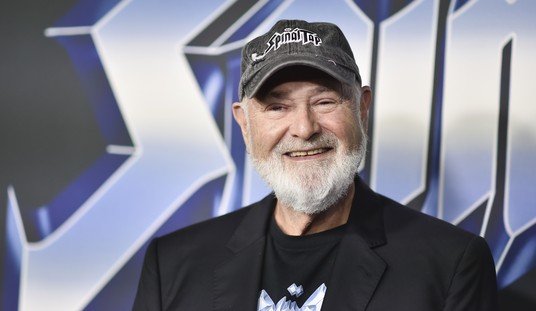Thanksgiving is a myth?
According to Smithsonian Magazine, our beloved holiday actually has two histories: one real and one largely made up. Naturally, we celebrate the made-up version.
Everything we know about the “first Thanksgiving” comes from two colonists: Edward Winslow and Gov. William Bradford.
In 1621, Winslow wrote a letter describing how the 52 surviving colonists held a feast after their first successful harvest. The governor sent out four men to hunt for fowl, and about 90 Wampanoag people joined in, bringing five deer of their own.
For three days, the two groups feasted together, giving thanks for the simple gift of survival in a harsh new world.
Recommended
But here’s where things get interesting: The colonists didn’t eat turkey. The “fowl” Winslow mentioned was most likely geese or duck.
There was no cranberry sauce, either — settlers didn’t start boiling berries with sugar until about 50 years later — and certainly no mashed potatoes. Potatoes of any kind weren’t yet available in New England.
Stuffing and pie were also off the menu. Without brick ovens or leavened bread, the colonists made do with coarse cornmeal mush and flatbreads baked in clay pots or hot ashes. And while pumpkins were plentiful, the settlers didn’t have butter or flour to make pie crusts.
So what did they eat? Along with fowl and venison, they probably dined on grapes, plums, flint corn, and seafood — lobster, crab, and mussels.
Picture that spread and tell me the first Thanksgiving doesn’t sound like something catered by Long John Silver’s.
So why do our modern traditions — turkey, stuffing, cranberry sauce, and pumpkin pie — look nothing like the original feast?
For that, we can thank Sarah Josepha Hale, editor of a popular 19th-century ladies’ magazine.
Before Hale came along, Thanksgiving wasn’t an official holiday, and when people did observe it, the day was private and solemn. Hale spent years campaigning for a national day of thanks. In 1858, she petitioned the president to make it official. In 1863, Abraham Lincoln finally did so.
Hale also published countless recipes for turkey, stuffing, cranberry sauce, and pumpkin pie — the very dishes we now associate with the “first Thanksgiving.”
In doing so, she mythologized the holiday into the warm, cozy, turkey-and-pie celebration we cherish today — complete with the image of Pilgrims and Native Americans dining together in perfect harmony, passing gravy and good cheer across the table.
The truth, though, is that the relationship between colonists and Native Americans was complicated and often grim. In the decades that followed, tensions over land and resources led to violent conflict. The idyllic image of everyone sitting around a shared table in peace is, sadly, more myth than fact.
But maybe that’s beside the point. Regardless of how our Thanksgiving traditions were formed — and what’s fact and what’s fable — the heart of the day still rings true. It’s a moment to pause, look around, and appreciate how blessed we are.
In any event, our Thanksgiving story is about 10 percent history and 90 percent early American “fake news.”
But who cares? It gives us a day to overeat and count our immense blessings.
That’s plenty to be thankful for.
Find Tom Purcell’s syndicated column, humor books and funny videos of his dog, Thurber, at TomPurcell.com. Email him at Tom@TomPurcell.com.


